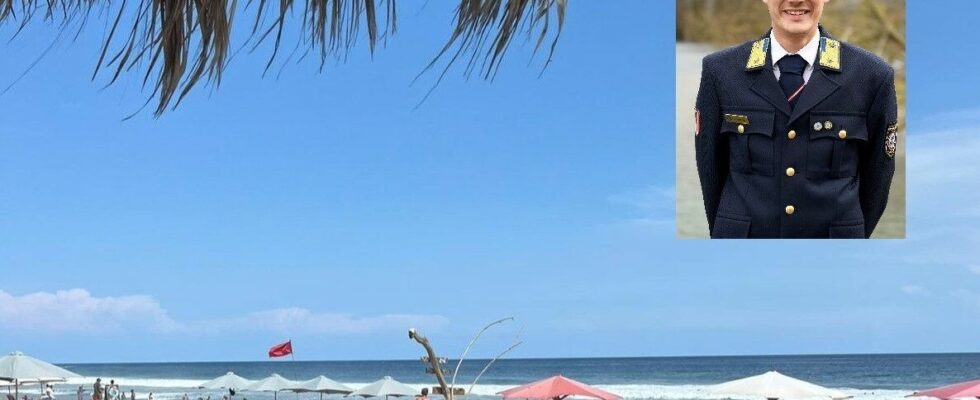Lessons have been learned: during his vacation in Mexico, 28-year-old water rescuer Felix Schilcher from Ebensee became a lifesaver: He helped a local lifeguard on the beach in Zipolite to get a couple out of the Pacific. Schilcher and his friend Bernhard Vogel looked after the already completely exhausted woman.
A 30-year-old couple was swimming in the Pacific Ocean on May 17th at Zipolte Beach in Mexico when they were caught in a rip current. When the waves are high and against the current, they cannot make it back to shore. A local lifeguard on duty at the beach grabbed a harness rescuer – which is a rescue device consisting of a flexible foam buoyancy device that remains attached to the rescuer with a short rope and a shoulder strap – and managed to reach the man and to secure. Woman had an abortionBut the woman had already had another abortion at this point. Felix Schilcher observed the scene, immediately looked for another rescuer at the rescue tower and swam to the woman. He managed to bring her back to the shore, where he and his friend Bernhard Vogel were able to carry her onto the beach using a diamond handle. The woman was completely exhausted but still conscious. The local rescue workers took over further care. Semester abroad in Mexico The lifesaver is 28-year-old Felix Schilcher from Ebensee, who is using a few days off during his semester abroad in Mexico to relax on the beach in Zipolite in the state of Oaxaca. Felix joined the Austrian Water Rescue when he was just seven years old. In addition to his training as a lifeguard, he is also a boat captain and whitewater rescuer and has headed the ÖWR local office in Ebensee since 2020. As a state health officer, he makes a significant contribution to keeping the water rescue in Upper Austria operational and well trained. His friend Bernhard Vogel, who helped him with the rescue from the water, is also a member of the water rescue in the local Ebensee branch. The red flag was raised At the time of the accident, a red flag was raised on the beach. This international marking with the colors green, yellow or red indicates how safe it is to go into the water on the sea beaches. Red means the highest danger level and is equivalent to a swimming ban. Dangerous back currents, very high waves but also other dangers such as pollution or danger from marine animals can be the cause. This label and other local warnings should therefore be taken seriously, even if the sea appears to be good for swimming.
source site-12
